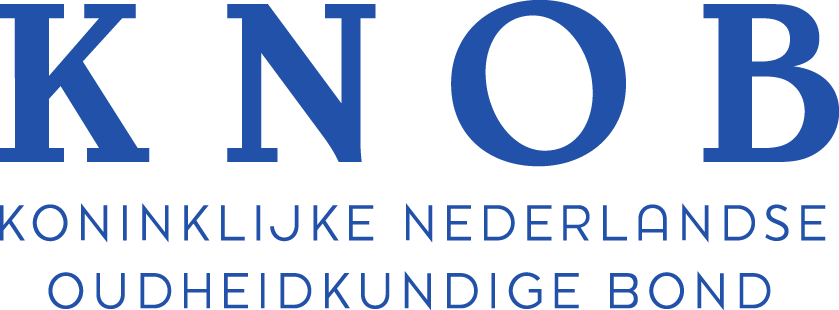Architecture and urban development symposium Curaçao, University of Groningen (RUG) September 1992
DOI:
https://doi.org/10.7480/knob.92.1993.1-2.492Downloads
Abstract
On 23 September 1992 the symposium 'Between air-conditioner and mango tree' took place at the University of Utrecht (RUG). It was not without reason that the Institute of Art history, Architectural history and Archaeology, in the person of Professor, dr. E.R.M. Taverne, performed the task of being the host during that day.
In the period 1990-1992 five students of the architectural-history department dedicated their postgraduate studies to architecture and urban development in Willemstad, Curaçao. The immediate cause of the organization of the symposium was the wish to reveal the results of the research performed, in such a way as to make it possible to use it in the discussion on the practice of present-day architecture, urban development and urban renewal on the island.
This theme is quite topical among experts as well as the general public. The discussion is notably focused on the decline, preservation, and urban renewal of the historical centre of Willemstad. Partly because of the acute need to take action there, partly because of the formulation and institution of the Monumentenplan (monuments and historic buildings plan) and the promotional activities of the Interregional Commission Action Plan Willemstad (ICAW) of UNESCO since 1988.
Question of identity
What is essential is the question of identity. The need for an Antillean native culture and a policy suitable for this purpose has presented itself ever more compellingly since the fifties, when the process of governmental emancipation of the islands started. Within the field of restoration of monuments and urban renewal the following question is crucial: choices will have to be made between demolition and restoration, history-oriented new construction or contemporary building.
The quality of life of a city is largely determined by the extent to which buildings and public environment give the inhabitants a sense of recognition and of 'feeling at home'. The organization of the symposium also wished to apply the theme of identity explicitly to the urban growth and present situation of twentieth-century Willemstad: an extensive conurbation which in the course of a few decades has come into existence around Schottegat, the inner bay and also the industrial centre of the oil industry.
In this area in particular, with its fragmented and largely unstructured buildings, the present generation of Curaçao architects and urban developers is faced with a difficult task. They are trying to find modern solutions in harmony and coherence with the form language and functionality rooted in native culture, as well as to improve the disrupted relation (both in visual and in functional respect) between the historical inner city and the modern urban extensions. A task on 23 September 1992 summarized under the title: 'between air-conditioning and mango tree'.
Curaçao building tradition and alienation
In geographical and climatological respect the island of Curaçao is part of the Caribbean. A group of scattered islands, each of them colonized by a European nation at some time or another. Each mother country left its mark on local culture, which resulted in an enormous variety of cultural characteristics.
This diversity, combined with the capacity of absorbing and integrating all sorts of external influences into the local culture is the common element linking the chain of islands to form a multi-coloured entity. Thus an enormous wealth of forms also arose in the architecture and urban development of the Caribbean, in which Curacao definitely occupies a special place.
Here too, a quite specific development of forms took place, combining the cultural heritage of the mother country with a pragmatical use of locally available materials and adjustment to local environment. As a consequence, architecture and urban development distinguished themselves from those in the mother country, The Netherlands, as well as from those found on the islands elsewhere in the region.
The unexpected and rapid industrialization of Curaçao since the beginning of this century, when the oil industry was established there, caused a rupture in the gradual development of the native building style. 'Oil' became the determining factor in the type of urban growth and layout of Willemstad. An overall modernization took place; there was a lack of time, means and cultural awareness to adapt traditional architecture to the requirements of the new period, both in a quantitative and a qualitative respect.
In order to meet the urgent demand for houses and new public buildings, a switch was made to foreign means, materials and forms. The alienation thus started is one of the major causes of the present problems and discussions in the field of Curaçao urban development.
Economic factors still greatly determine the acts and choices made by the authorities on the island, which is in a highly vulnerable and dependent position due to its unilateral and open structure. However, the 1969 revolt and, in the field of architecture, the recent fierce opposition against a French anti-historical development proposal for the Brion square, indicate that there are limits to this unscrupulous denial of local culture and needs.
Cultural awareness
Notably during this past decade there has clearly been a turn in this respect both among architects and with respect to environmental planning. A start will have to be made with successful urban development and revitalization of the partly rundown historical centre, taking the native, locally rooted form as a starting point, literally in the physical appearance of the city built, as well as in the form of a policy vision.
Reorganizations in public housing, the Monumentenplan, the Environmental Development Plan and experiments in architecture witness the will and energy to come to a more firmly based approach of environmental-planning policy. At the same time criticism of the present situation has been expressed more vehemently these past years.
Historical parts of town are very vulnerable in an economy strongly aimed at tourism, and in the event of careless policy they might deteriorate into a lifeless, stone museum of historical-looking facades, without any value for the local inhabitants; In this respect, (foreign) property developers represent important factors of power. There is also criticism of the specific environmental-planning policy: an overall vision is under fierce discussion. No permanent solution is at hand for the housing shortage and the shortage of suitable building sites
Research
There are still many gaps in the historiography of Willemstad. Whereas formerly stylistic developments in historical architecture were emphasized, at the moment there is a great need for research aimed at long-term processes, their determining factors and the actors therein.
Research focusing on the place occupied by Curaçao within the Caribbean, searching for connecting and distinguishing elements, and placing them in an overall view of mutual influence. Research into twentieth century urban development, disclosing the details of the process of modernization and planning that has led to the present situation in architecture and urban development. Gathering knowledge and understanding of this history of Willemstad may be seen as a part of and contribution to the development and consolidation of a Curaçao building style and environmental-planning policy.
The four undergraduate dissertations mentioned, which were presented at the University of Utrecht on 23 September 1992, may instigate further gathering of knowledge. The knowledge built up at the University of Utrecht and beyond it, when compiled into a wide research structure, might be extended and put to use in such a way as to make it immediately applicable for concrete architecture, urban development and planning policy in Curaçao; where indeed the symposium 'between air conditioning and mango tree' ought to have taken place.
Published
How to Cite
Issue
Section
Editorial
License
Copyright (c) 1993 Saskia van Dijk, Mariëtte Kamphuis

This work is licensed under a Creative Commons Attribution 4.0 International License.





